Early Business and Development at Ball's Crossroads
Long before Ballston Quarter became a retail hub, the area was known as Ball's Crossroads.
In the early 1800s, a tavern owned by the Ball family sat at the intersection of Wilson Boulevard and Glebe Road.
The location became a key stop for travelers moving between Washington, D.C., and the surrounding Virginia countryside.
As roads improved and Arlington grew, Ball's Crossroads transformed into a small commercial center with local businesses catering to residents and passing traders.
By the 1930s, the site had taken on a different role. At the same intersection, Ballston Stadium, a football venue, was built.
The stadium hosted various teams, including the Washington Commanders, who used it as a practice facility in 1938.
The venue also saw use for local sports events and community gatherings, making it a well-known landmark in Arlington County.
The demand for suburban entertainment grew, and the stadium became a gathering spot for people across Northern Virginia.
After World War II, commercial interests in Arlington shifted. The rise of suburban shopping destinations and an increasing number of car owners meant traditional town centers had to change.
Developers saw potential in the Ballston area, and by the late 1940s, plans were in motion to replace the aging stadium with a modern retail complex.
By 1951, Ball's Crossroads had given way to a new type of business venture - the Parkington Shopping Center.
This transition set the stage for the commercial growth that would shape the neighborhood for decades.
With the opening of Parkington Shopping Center, shopping became a prominent attraction in Arlington, VA.
Parkington Shopping Center: A New Retail Concept
By the early 1950s, developers saw an opportunity to create a modern shopping destination in Arlington.
The Hecht Co., a well-known department store chain, led the project, investing $6.5 million into what would become Parkington Shopping Center.
Construction crews cleared the old Ballston Stadium to make way for a new kind of shopping experience - one designed for car owners.
When it opened on November 2, 1951, Parkington stood out as the first shopping center in the country built around a multi-level parking garage.
Hecht's anchored the complex with a five-story, 300,000-square-foot department store, the largest of its kind on the East Coast at the time.
Its design included a three-story glass façade with 87 oversized panels used to display community messages.
This feature made the building instantly recognizable. The shopping center expanded quickly, drawing retailers like McCrory's, Giant Food, W.T.Grant, Brentano's Books, and Casual Corner.
Business boomed. In 1959 alone, Parkington reported over $223 million in gross sales, proving the demand for suburban retail was growing fast.
Developers kept adding to the site. A 12-story office building was completed in 1963, bringing commercial tenants into the mix.
A JCPenney store followed in May 1974, adding a 36,000-square-foot space dedicated to soft goods and catalog sales.
The shopping center had become a major retail hub, but as Arlington changed, so did shoppers' needs.
By the early 1980s, the once-innovative shopping complex was showing its age.
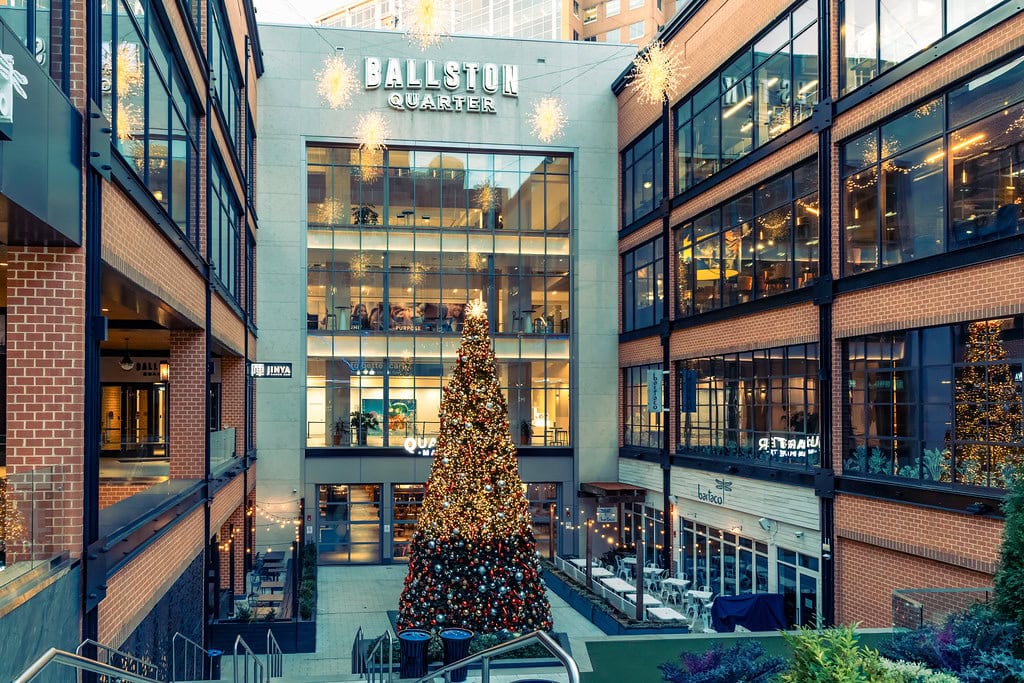
Ballston Common Mall: A New Vision for Suburban Shopping
By 1982, local officials and business leaders knew Parkington needed an upgrade.
The single-story outdoor shopping center no longer matched the expectations of modern retail customers.
Arlington County launched a $100 million redevelopment plan in partnership with May Centers, a division of The May Department Stores Company, which had acquired Hecht's.
During the redevelopment, Arlington residents were invited to help rename the mall through a public contest.
"Ballston Common" won, tying the center's identity to the surrounding neighborhood.
The transformation wasn't simple. The expansion added three new levels of retail space, turning what had been a single-story shopping area into a four-story mall.
The redesign also included a 9-story office tower above the retail levels.
A new 120,000-square-foot JCPenney opened as an anchor store, helping to attract shoppers when the revamped Ballston Common Mall opened on October 20, 1986.
New tenants moved in over the years, bringing a mix of national brands and local businesses.
In the early 2000s, the Washington Capitals chose Ballston Common as the home of the MedStar Capitals Iceplex, their training and headquarters facility.
The ComedySportz improvisational theatre group also set up operations inside the mall, adding entertainment options beyond shopping.
Regal Cinemas and a food court helped keep traffic steady, but by the early 2010s, the mall was struggling again.
Changing retail trends and the rise of online shopping made traditional malls less competitive.
Once more, Ballston faced a transformation.
Ballston Quarter: A Multi-Phase Redevelopment
By 2013, plans were in motion to overhaul Ballston Common Mall.
Forest City Washington, the property's owner, announced a major redevelopment project to transform the outdated mall into a modern shopping, dining, and entertainment destination.
In September 2013, the company purchased the Macy's Furniture Store, formerly JCPenney, as part of its redevelopment strategy.
The changes weren't minor. On May 31, 2016, most of the mall's businesses shut down to allow for extensive renovations.
The project involved removing large sections of the roof and returning part of the space to an open-air layout.
At the same time, the old Macy's Furniture anchor store was torn down to make way for Origin Ballston, a 22-story apartment tower with 406 residential units.
The shift toward mixed-use development reflected a larger trend - retail centers weren't just about shopping anymore.
Developers were betting that a combination of restaurants, entertainment, and housing would attract more visitors.
Ballston Quarter officially reopened in November 2018. The new layout featured a blend of indoor and outdoor spaces, giving it more of a lifestyle-centered feel rather than a traditional mall setup.
Regal Cinemas remained one of the property's biggest attractions, along with a new gym.
The development also introduced Quarter Market, a curated food hall featuring local eateries and national chains.
With these updates, the mall was positioned as a retail and social hub rather than just a shopping center.
Recent Developments at Ballston Quarter
In December 2022, the Arlington County Board approved a significant redevelopment plan for the former Macy's department store site.
The approved project includes a 16-story mixed-use building featuring a 44,000-square-foot grocery store, 1,900 square feet of additional retail space, and 553 residential units.
This development aims to enhance the connection between Ballston Quarter and the surrounding community, offering modern architecture and green spaces.
In February 2024, Macy's announced the closure of its Ballston Quarter location as part of a nationwide strategy to shutter underperforming stores.
The Ballston store, originally opened in 1951 as a Hecht's department store, had been a retail landmark for decades.
Its closure marked the end of an era and paved the way for new development opportunities within the Ballston Quarter.
The shift from retail-heavy development to mixed-use spaces reflects the broader commercial real estate market.
With more residents living in and around Ballston Quarter, the mall's businesses are expected to benefit from increased foot traffic.
The surrounding area has seen ongoing investment in office space, transportation improvements, and local attractions, ensuring that Ballston remains a key part of Arlington's economic landscape.


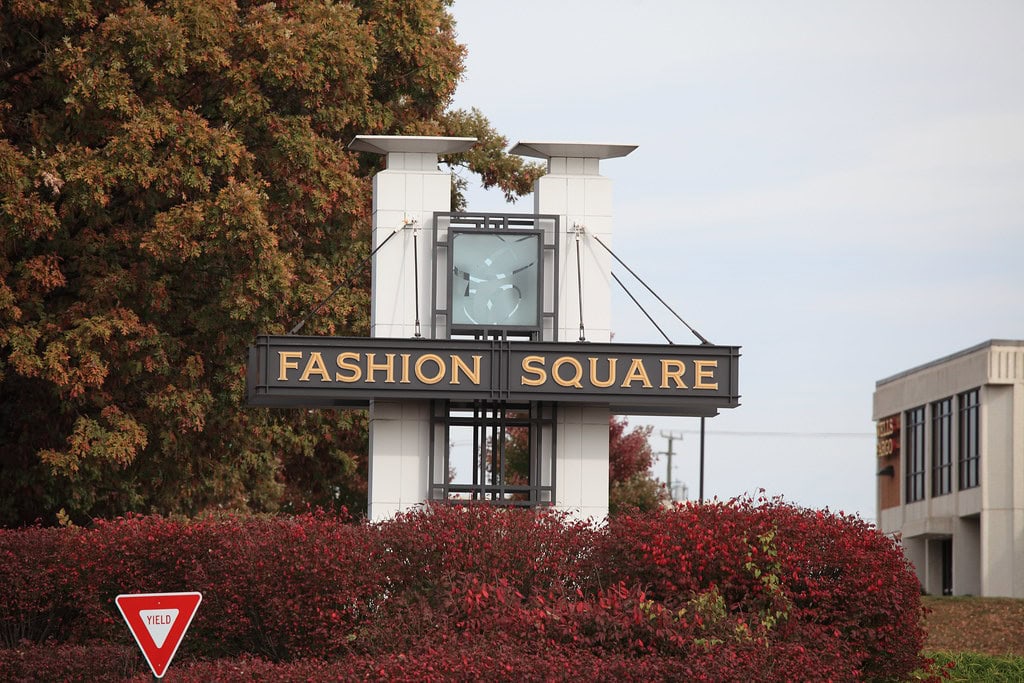
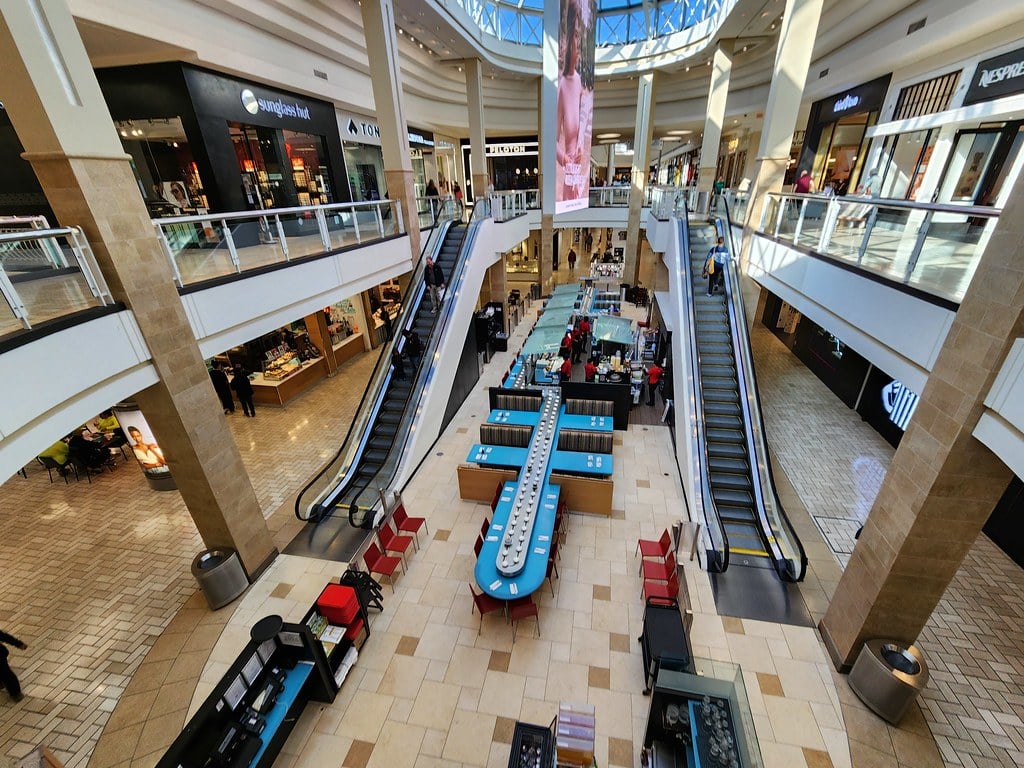
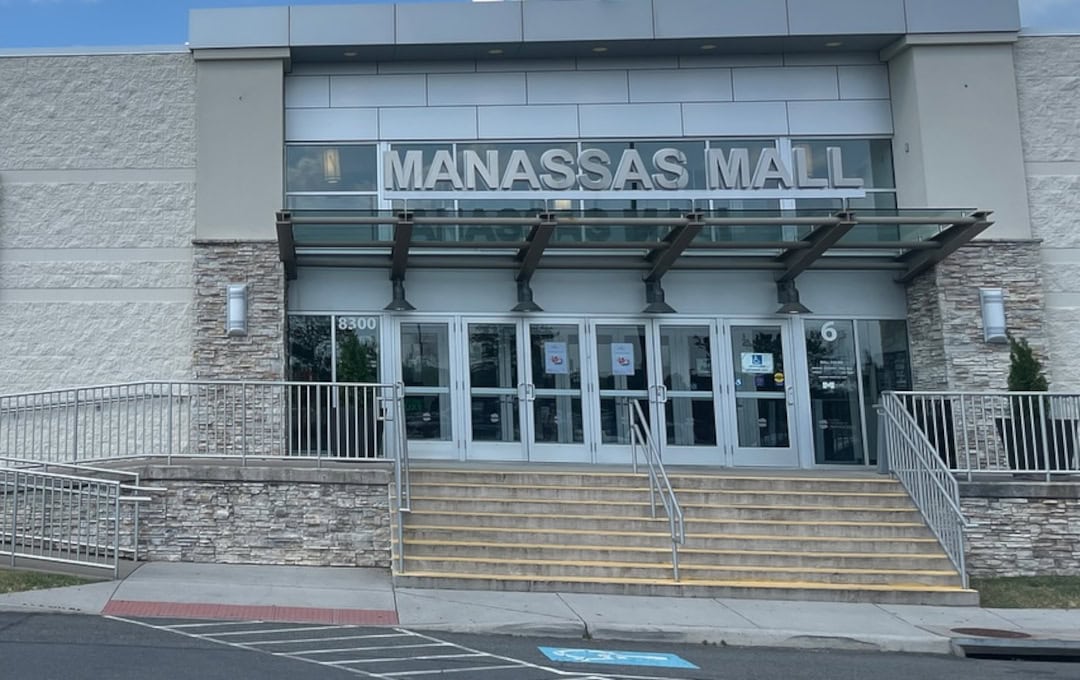
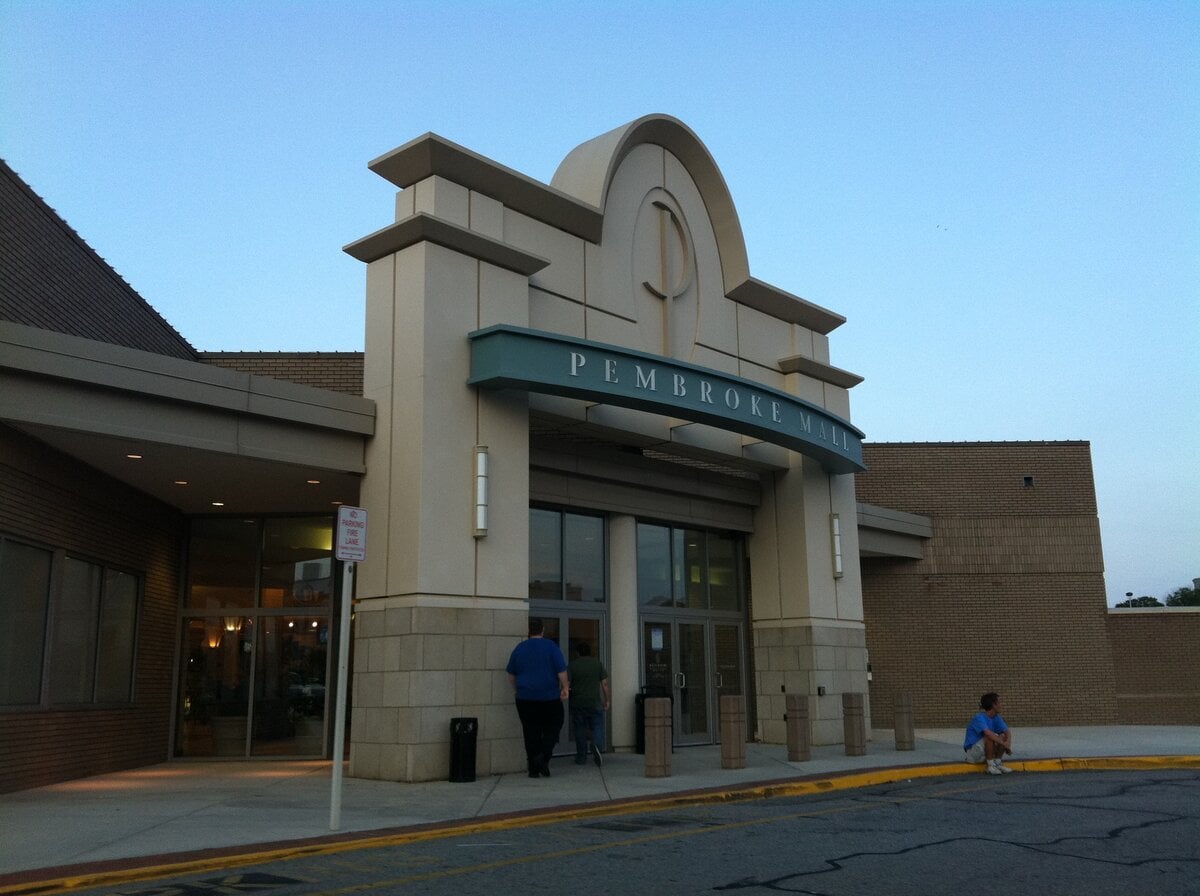
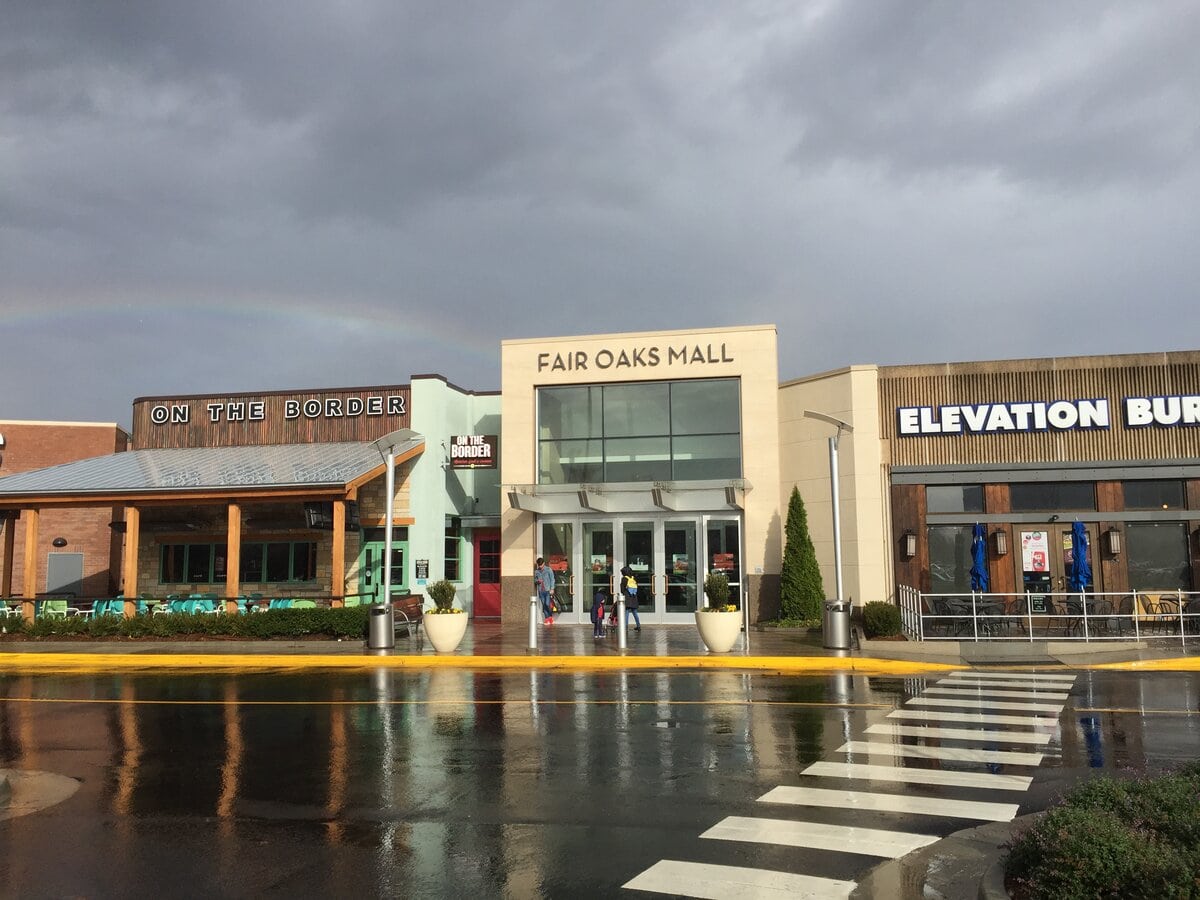
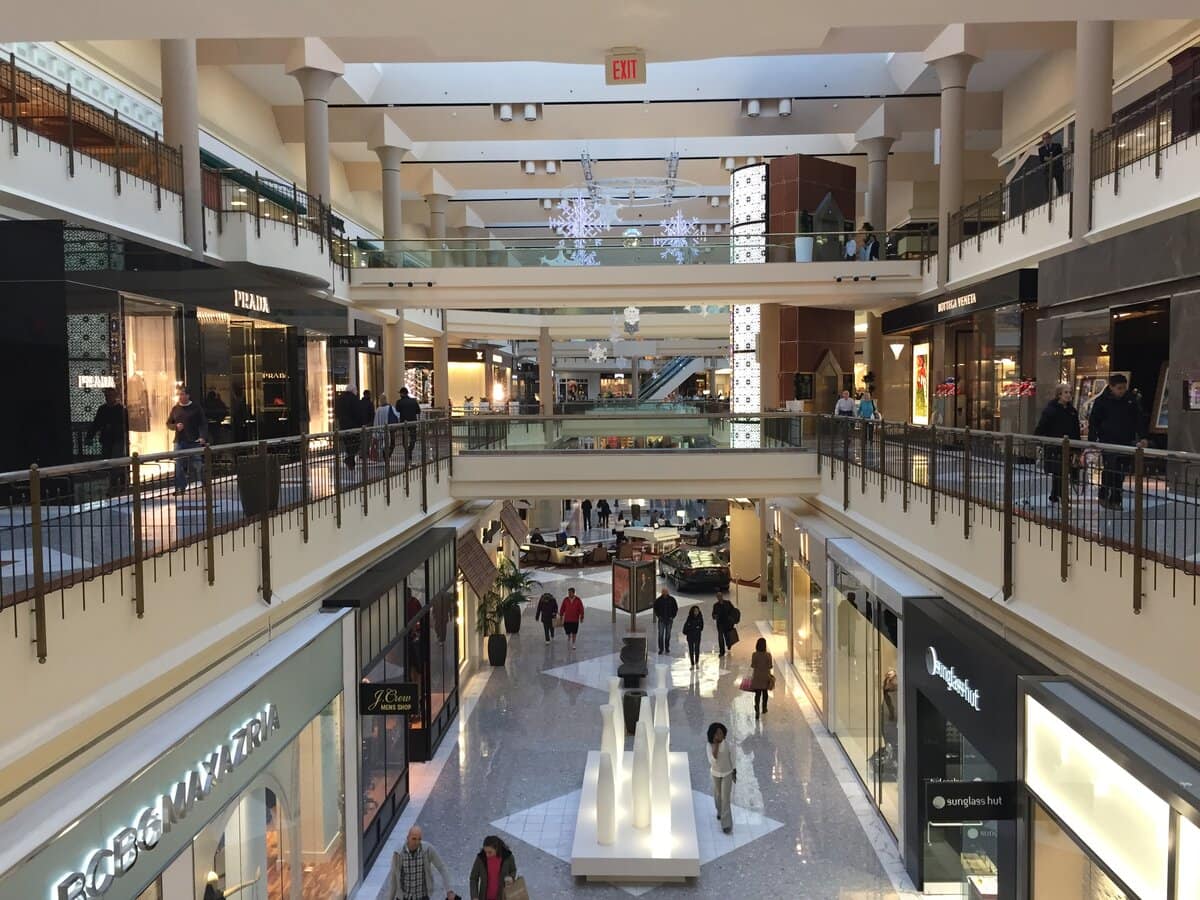
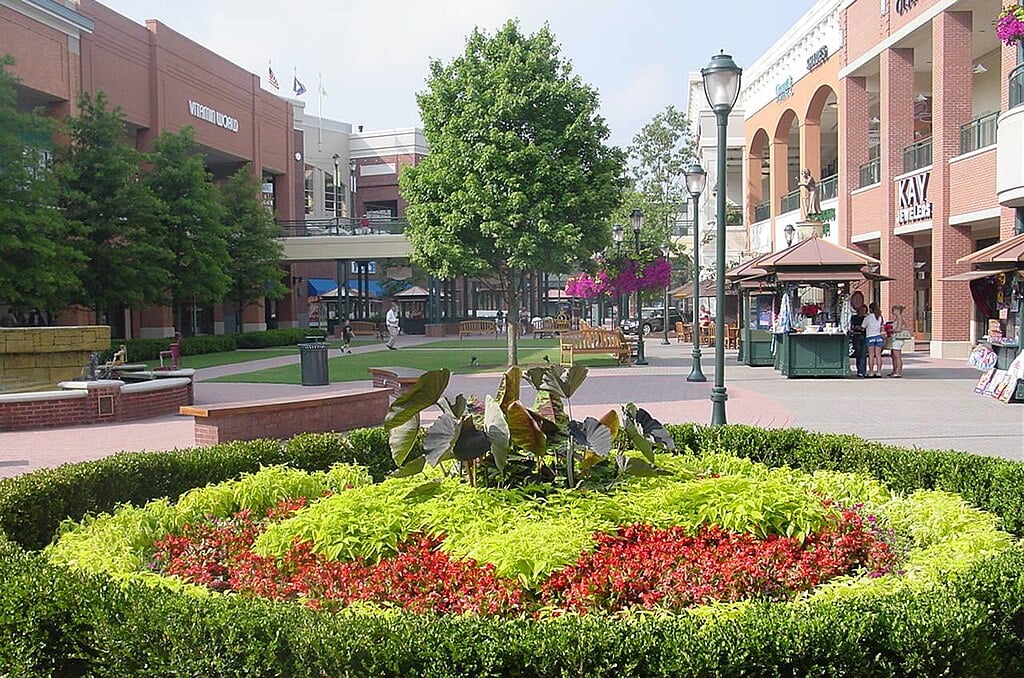
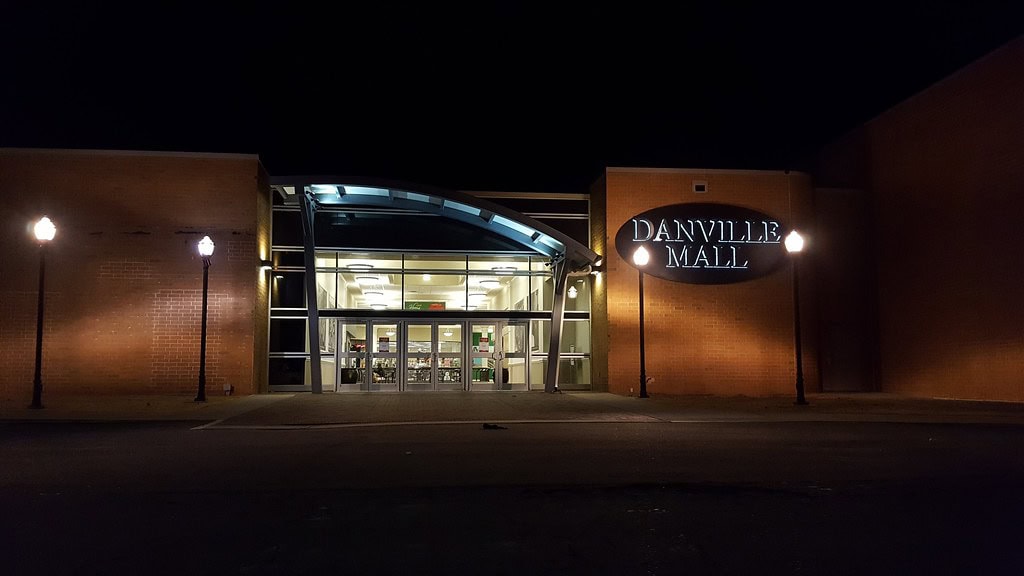
The only ways to describe be what has been done to Ballston Common is a fiasco and an abortion. These changes may reflect what greedy commercial real estate developers think is the market trend but they certainly do not serve the community or the public at large. Retail options have been decimated and are now virtually nonexistent. This used to be a great place to get Al your shopping needs met in a way online shopping simply cannot. Now, both nearby residents as well as those who buy into the “mixed use” towers literally have nowhere to go for their needs other than drive to Tyson’s or to pentagon city. The complex so grossly skewed to restaurants, most of which are mediocre unknowns. No it was not the online trend that hurt this mall but it’s infestation with teen gangs and thugs who scared off customers while mall management feared taking necessary steps for fear of seeming discriminatory. You can see the same thing happening at pentagon city with its gang fights and shootings, and Tysons isn’t far behind as the weekend sees it’s warned with teen gangs riding in on metro from across the river.
Your comment raises two separate concerns—safety and access—and both matter. If people don't feel secure, they won't come. But if there's nothing to shop for in the first place, they don't have a reason to try. The fear of over-policing and the consequences of under-policing sit in tension in many urban spaces. If mall operators don't talk about that openly, they end up losing customers on all sides.